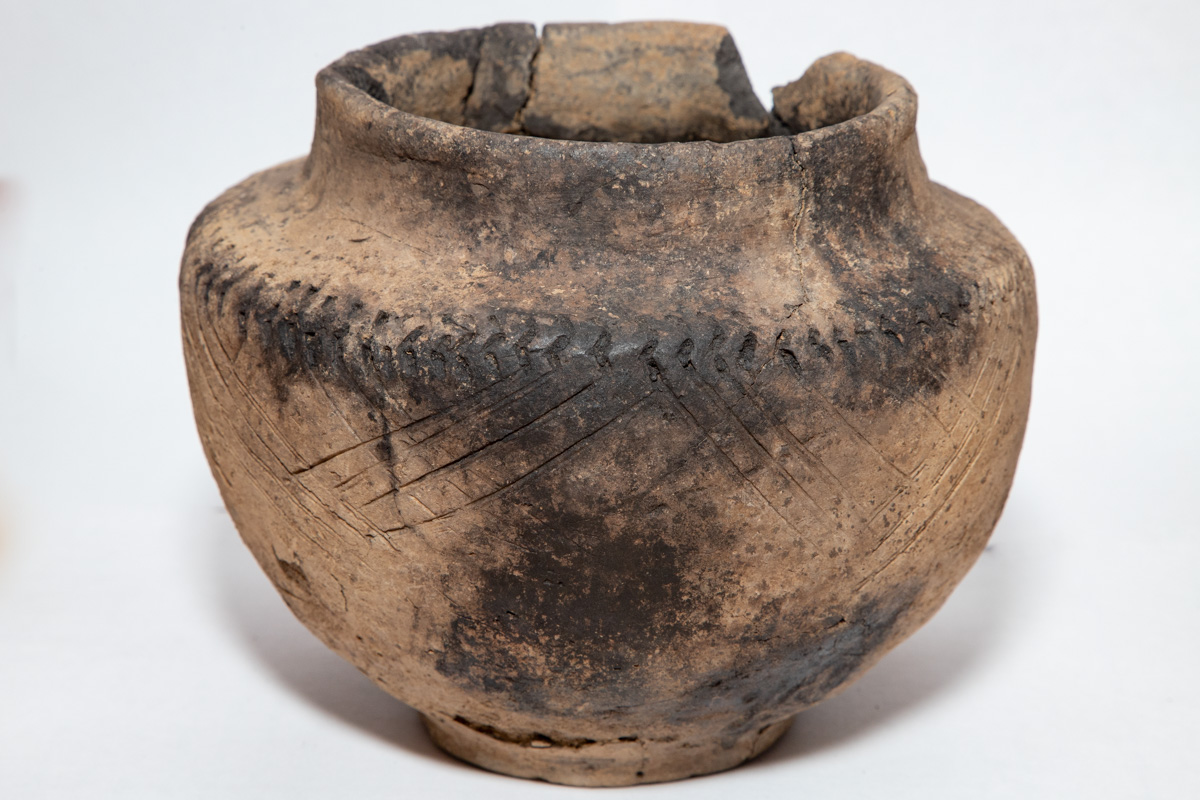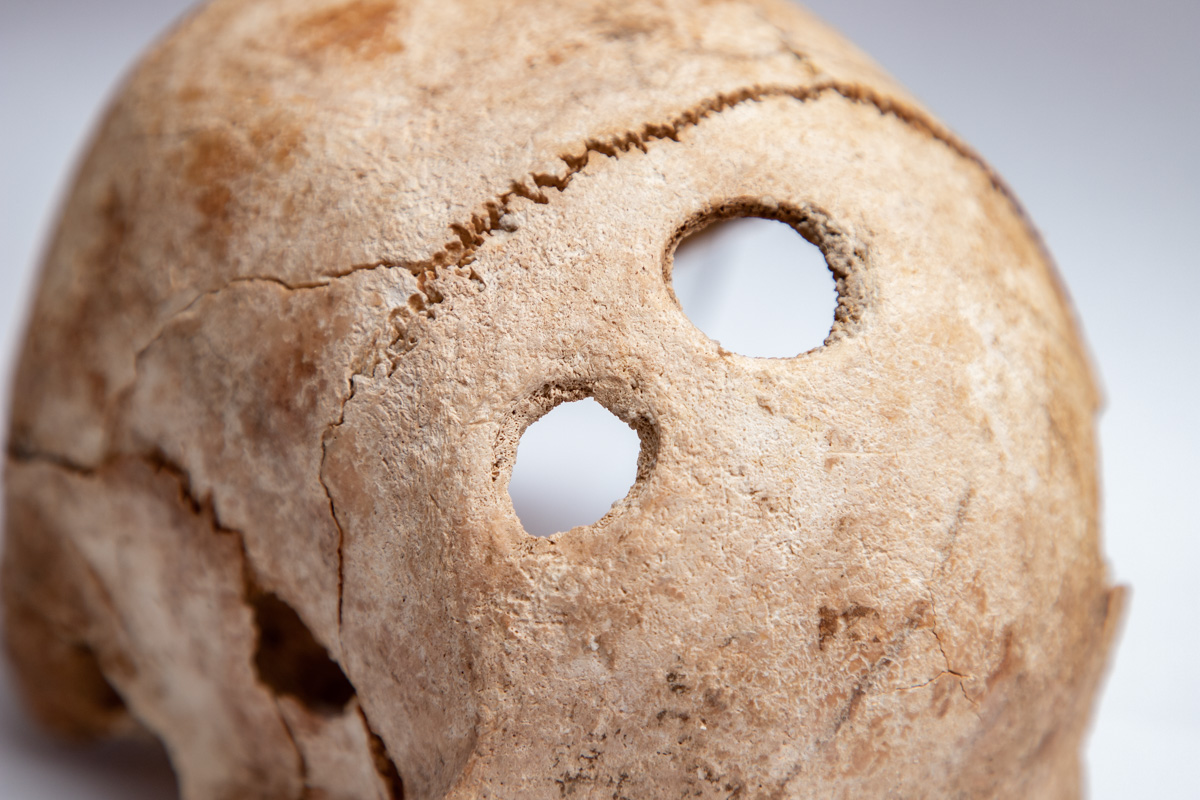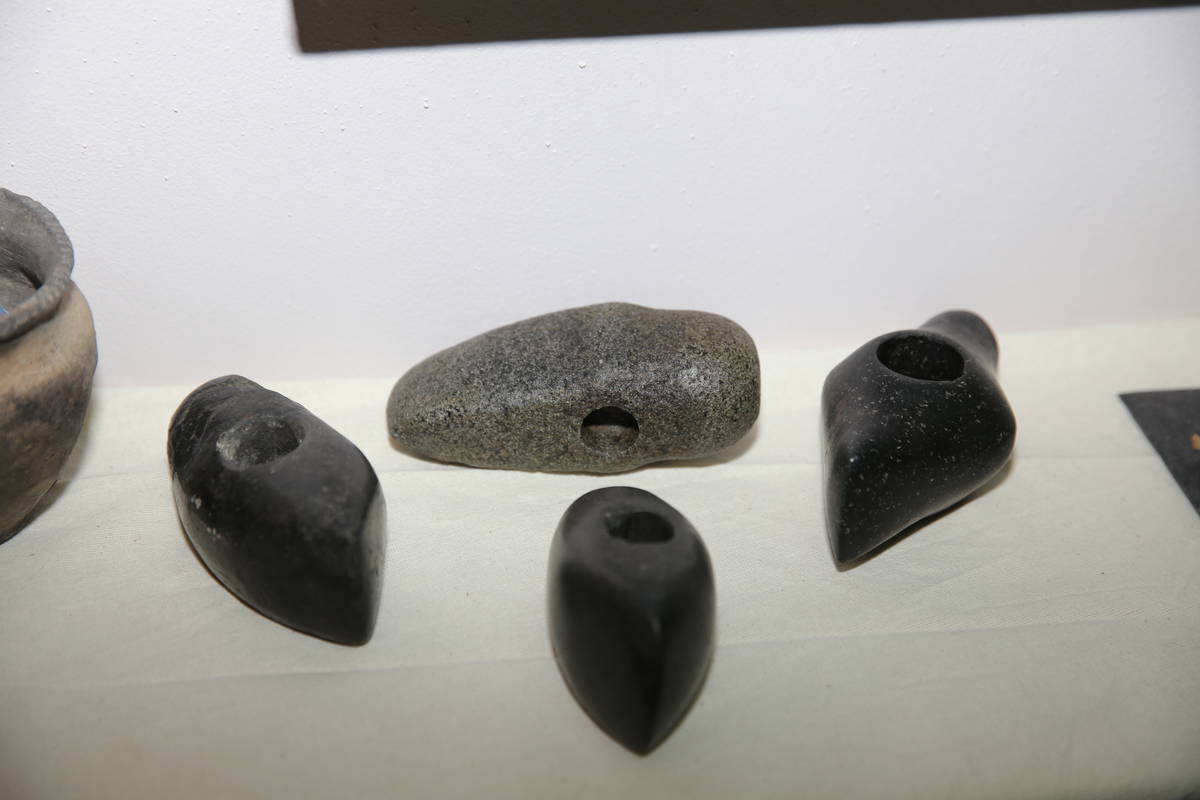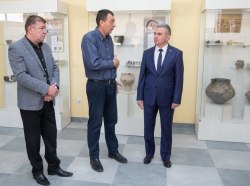Tiraspol, July, 2. /Novosti Pridnestrovya/. An ancient tomb of the Ingul catacomb culture representative was found in the Slobodzeya region. The skeletal remains are more than four thousand years old, while well-preserved skull shows traces of craniotomy - a surgical operation to make a hole in the bone tissue. This is the second such discovery in Pridnestrovie: three years ago, near the village of Glinoe, archaeologists discovered the tomb of a warrior of the same cultural and historical community with similar traces of craniotomy.
This year, the staff of the Archeologia Research Laboratory of the Pridnestrovian State University are conducting excavations at the site of the destroyed mound of one of the barrows. In the 1930s, the ancient religious building was turned into a permanent strongpoint. Engineering works destroyed most of the construction of the earthen pyramid, yet some ancient tombs still survived.
In one of them, archaeologists found an earthen vessel typical of the Ingul catacomb culture, a community of peoples who inhabited the steppes of the Northern Black Sea coast more than four thousand years ago. Geometric ornament is preserved on the walls of the vessel.

Bone remains of the person are also found here. Two holes with perfectly smooth edges and traces of obliteration, that is, bone healing are visible in the skull.

Archeologists say that this indicates that a person lived relatively long after these holes appeared in his head. And it appeared not as a result of a blow, but as a result of a special surgical operation - craniotomy.
So far, experts can not say with certainty why it was necessary to subject the skull to a depressurization. It is known that in antiquity trepanation was used for medicinal and ritual purposes. The earliest example of such operations in Eurasia belongs to the Middle Stone Age - the Mesolithic (10 - 12 thousand years ago). That is, it was performed long before the appearance of the highly developed civilizations known to science.
Whatever the goal of craniotomy, it is obvious that in order to carry out such manipulations it is necessary to understand medicine very well. Indeed, before the appearance of antiseptics, craniotomy was a very risky operation. Even in the XIX century, few survived after such an intervention. However, archaeological finds indicate that the ancient community mastered that technology very well.
Three years ago, in the same area, in the vicinity of the village of Glinoe, the tomb of the Ingul catacomb culture was opened with a similar hole in the head. Though, the position of the remaining bones testified to the dismemberment of the deceased, which clearly hints at the ritual context. Read more about this story here.
Judging by the archaeological finds, the representatives of this ancient cultural and historical community had an extensive store of knowledge. In addition to the facts of cranial trepanation, stone hammer axes can be cited as an example.

In the museum Archeologia Research Laboratory there is a whole stand with such antiquities. Its magnificent polishing and amazing symmetry of forms is striking. Researchers are still arguing about the technology of making these artifacts. How they managed to drill a flat hole into a solid stone without modern tools remains a mystery. It is also unknown how surgeries were performed on the skull, which today is only done in specialized medical institutions.
Alexander Koretskiy








